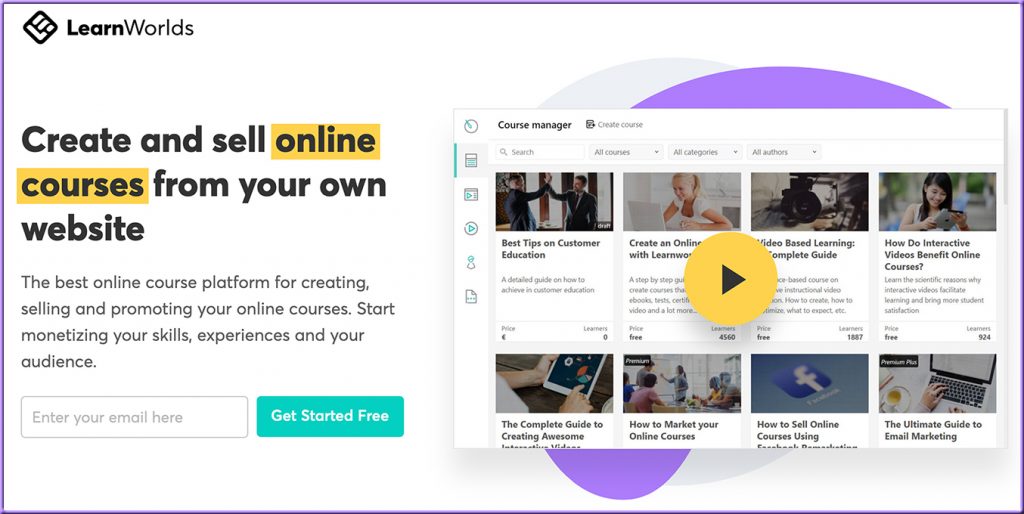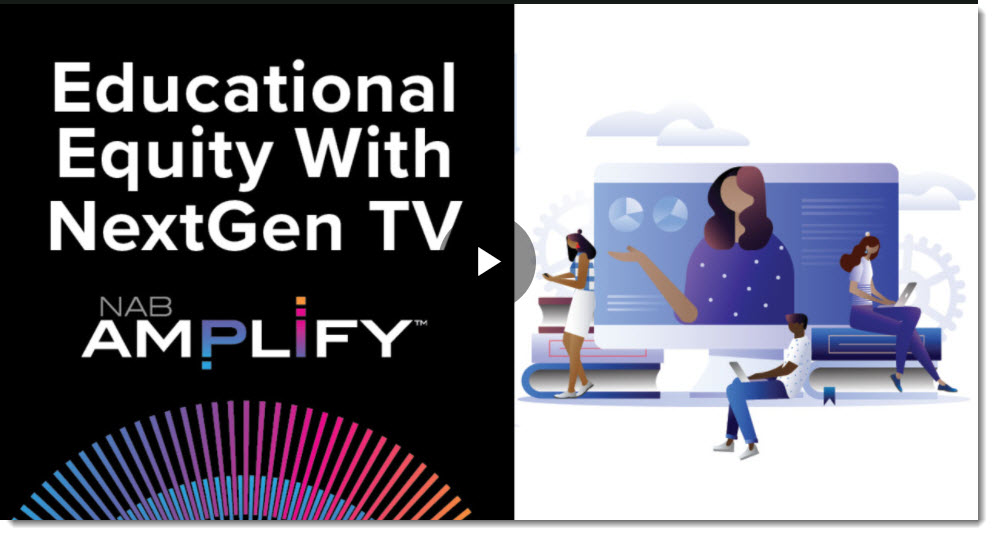College Was Supposed to Close the Wealth Gap for Black Americans. The Opposite Happened. — from wsj.com by Rachel Louise Ensign and Shane Shifflett
Black college graduates in their 30s have lost ground over three decades, the result of student debt and sluggish income growth
Excerpt:
The drop is driven by skyrocketing student debt and sluggish income growth, which combine to make it difficult to build savings or buy a home. Now, the generation that hoped to close the racial wealth gap is finding it is only growing wider.
More than 84% of college-educated Black households in their 30s have student debt, up from 35% three decades ago, when many baby boomers were at the same age. The younger generation owes a median of $44,000, up from less than $6,000. By comparison, 53% of white college-educated households in their 30s have debt, up from 27% three decades earlier. The median amount rose to $35,000 from $8,000. All figures are adjusted for inflation.
Also see:
American Talent Initiative 2021 | Third Annual Progress Report — from sr.ithaka.org by Martin Kurzweil, Tania LaViolet, Elizabeth Davidson Pisacreta, Adam Rabinowitz, Emily Schwartz, Joshua Wyner; with thanks to Goldie Blumenstyk at The Chronicle of Higher Education for this resource
Excerpt:
The progress report includes new enrollment data from the 2019-20 academic year as well as Fall 2020. The pre-COVID and COVID era data reveal four key findings:
- Before the pandemic, between 2015-16 and 2019-20, ATI members (130 during this data collection period) collectively increased Pell enrollment by 10,417
- In the years leading up to the pandemic, 2018-19 and 2019-20, ATI’s progress leveled off and began to reverse, with an enrollment decline of 3,873 Pell students, attributable to two main factors: (1) substantial declines at a set of ATI member institutions that enroll very high shares of Pell students, and (2) insufficient progress at a set of institutions with lower Pell
- Fall 2020 enrollment data for 115 ATI members show a single-year drop of 7,166 Pell students (compared to Fall 2019). Driven in large part by declines in first-time and transfer Pell student enrollment at public institutions, and decreased Pell student retention rates at private
- COVID-era declines have nearly returned Pell enrollment levels among ATI members to 2015-16













